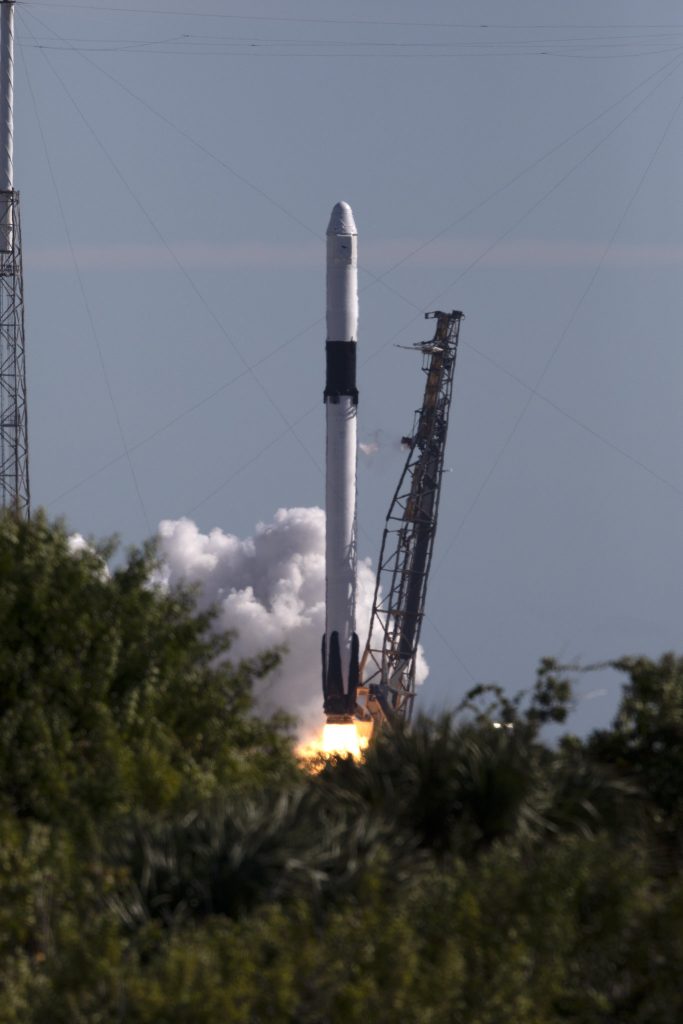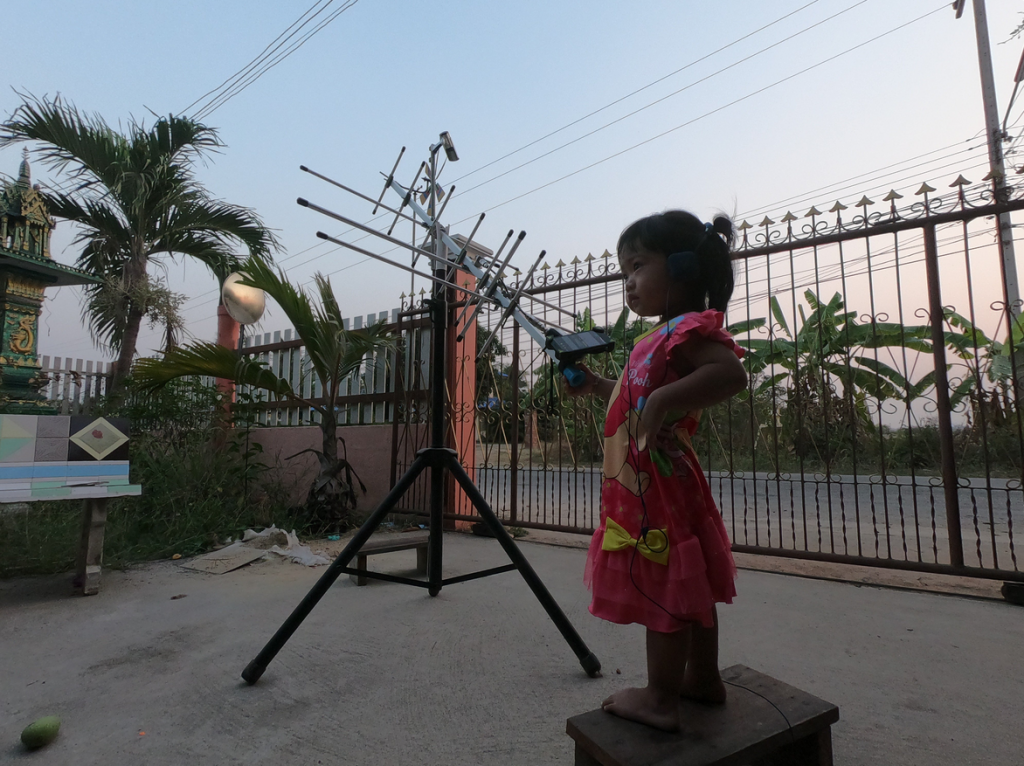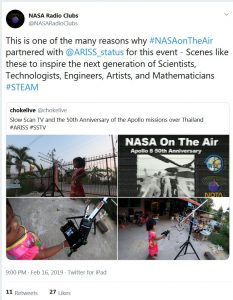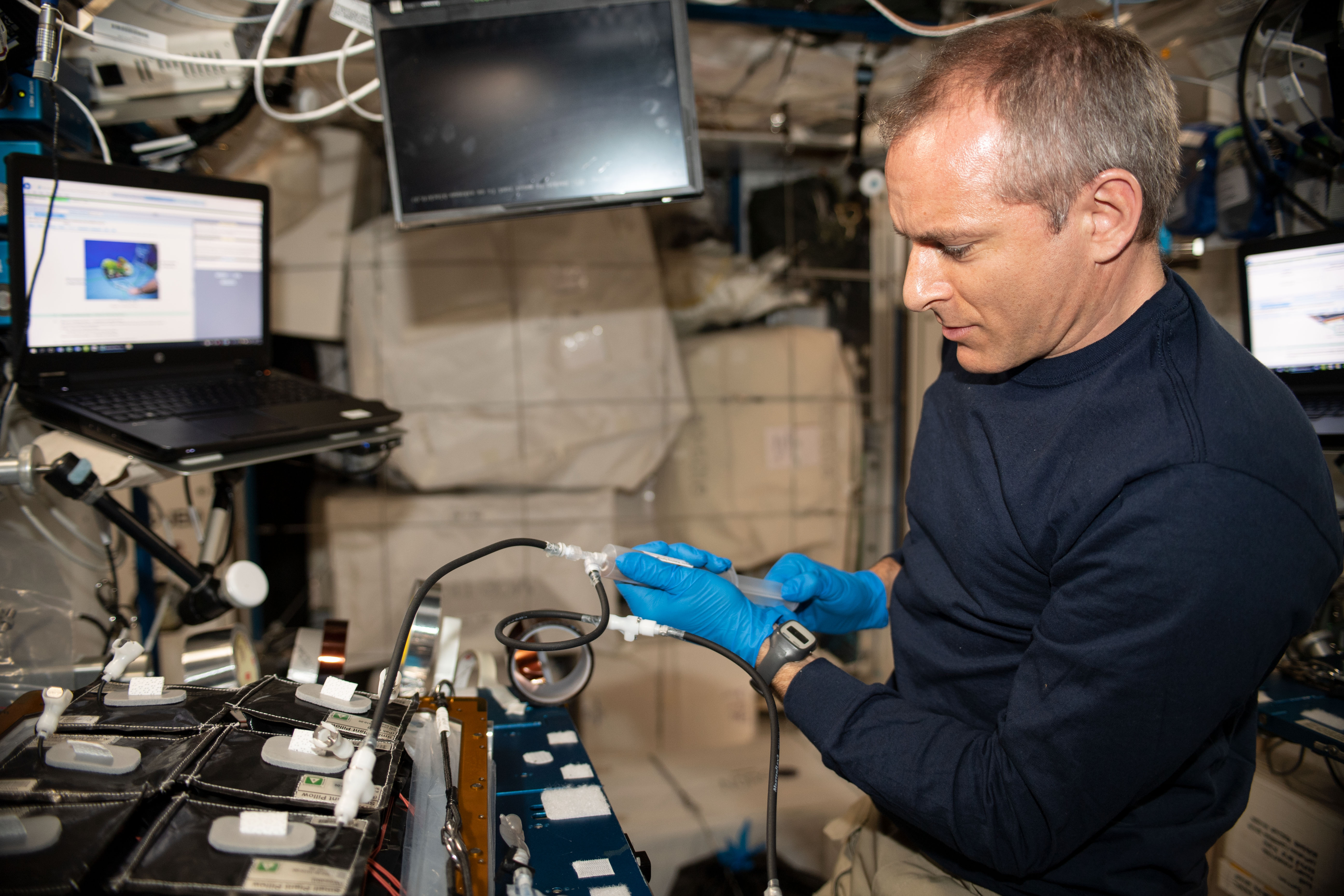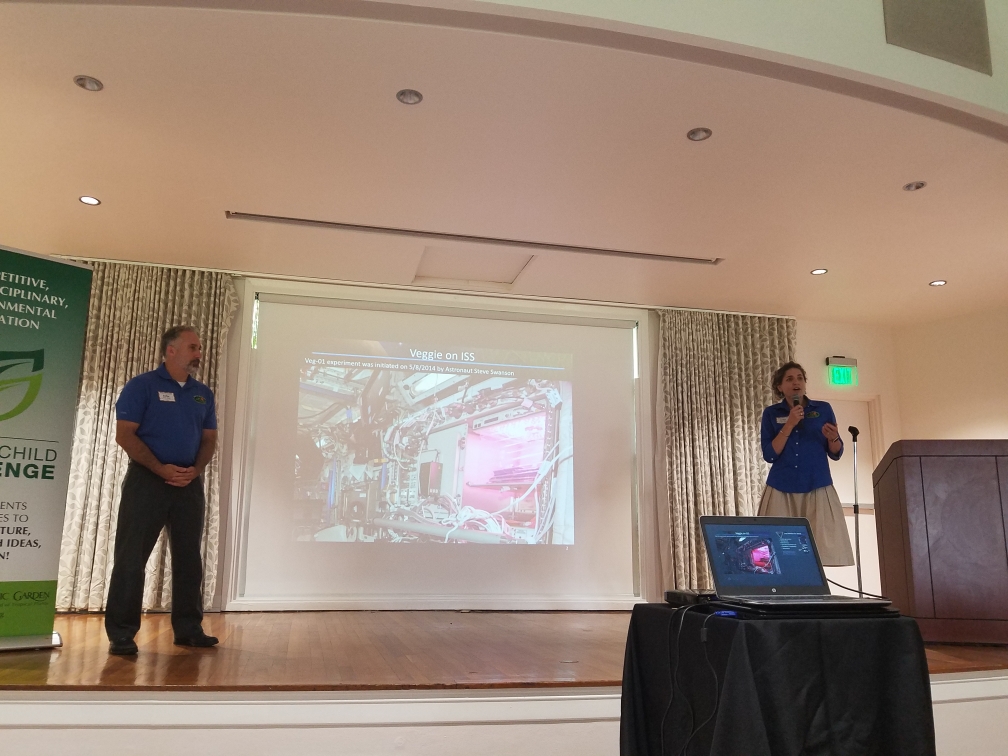
By Rachel Cox
NASA’s Kennedy Space Center
Students from around the country convened with NASA scientists in Miami for the Student Research Symposium on April 27 as part of the Growing Beyond Earth program, a partnership between NASA and the Fairchild Tropical Botanic Garden.
Growing Beyond Earth is an educational outreach and citizen science program that reaches over 170 middle and high schools from Florida, Colorado and Puerto Rico. NASA’s Kennedy Space Center plant production scientists Gioia Massa and Trent Smith train teachers, who then receive plant growth chambers that mimic Veggie, the space garden residing on the International Space Station.
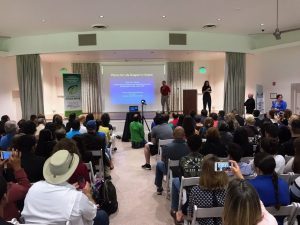
In the fall, students set up their plant growth chambers and conduct experiments designed by Fairchild in conjunction with Kennedy.
“Every year, it’s something different,” Massa explained. “Last year, they were looking at photoperiod, how plants respond to different durations of light. This year, they’re looking at the neighbor effect, how different plants influence each other by growing next to each other.”
Since the beginning of the program, students have tested approximately 130 plant varieties under different conditions. Some schools are in high humidity areas, like Puerto Rico, while others have low humidity, like Colorado. Sometimes students overwater their plants; other times they forget. Sometimes the power goes out over the weekend. Plants that do well across these different environments make good candidates for space.
Both middle and high schools participate in new crop testing. But after getting a good grasp on the system in the fall, high school students can take it a step further and design independent experiments in the spring. These projects were the focus of the Miami symposium; 34 high schools presented their independent research, plus 17 middle schools presented their work on new crop testing.
“We had the students testing some really creative things,” Massa said. One project looked at using nitrogen-fixing bacteria in the substrate. Another 3D printed different containers.
The students created scientific posters, just like a NASA scientist would for a conference, with sections for the abstract, introduction, materials, results, conclusion and references. Fairchild printed out the posters, and the students presented them. Then Massa and her colleagues judged them on their poster, the quality of their project and presentation, the significance to NASA and how well they understood it.
Twelve Kennedy employees supported the event, including Bryan Onate, chief of the Life Sciences and Utilization Division, and Josie Burnett, director of Exploration Research and Technology Programs, along with plant production scientists and interns. Massa, Smith and Ray Wheeler gave talks to the students about Veggie and plant space research.


